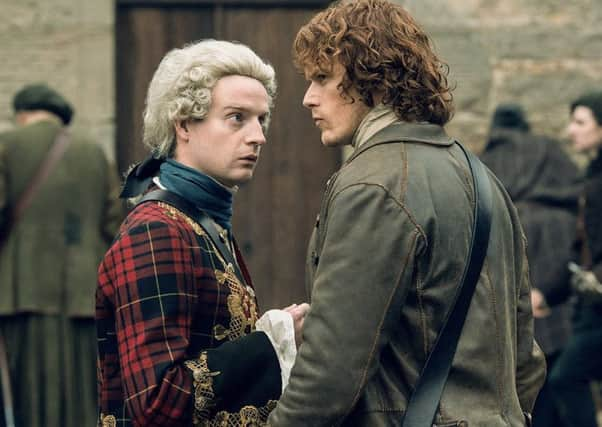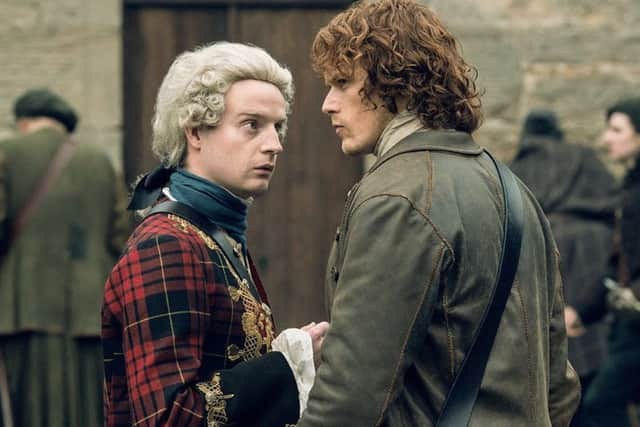Bonnie Prince Charlie: What he was really like – Professor Murray Pittock


The picture it shows is typically that of a long-faced and somewhat feminine man in early youth. For those who know a little more about him, the later life of the Prince after the Jacobite Rising in 1745 is full of tales of drinking and domestic abuse.
Both the image and the stories seem to show a weak man. This is sometimes the case in accounts of the ’45 itself: most famously the alleged jibe that Lord Elcho made as Charles left the field at Culloden, popularly rendered as “There you go, you cowardly Italian”.
Advertisement
Hide AdAdvertisement
Hide AdFake news is nothing new. The “cowardly Italian” jibe seems to have been a story invented by Sir Walter Scott, and was rebutted in a biography of Charles in 1875: but it still appears in modern dramatisations of the battle.


Elcho, who didn’t like Charles, never mentioned it, and many others acknowledged the Prince’s bravery at Culloden and reluctance to leave the field.
Charles was portrayed as a young, fair and feminine figure because Jacobite ideology wanted to show him as the renewer of Scotland: an image of youth, fertility, fecundity and – as he was often portrayed in red – success, whether gained in battle or otherwise.
The drinking and domestic abuse is, however, well attested. Charles was undoubtedly moody and sometimes vicious and depressed as it became clearer and clearer that the highpoint of his career had been over when he was 25.
Indeed, while still on the run in Scotland he drank a bottle of brandy a day. Later, he tended to lose his temper whenever his will was thwarted: a man born to be king lived heir to nothing, as he increasingly realised.
On campaign – he had first seen military action when only 13 – he was a brave man. He led his army from the front, marching on foot at the head of his men.
He was undoubtedly compelling and charismatic, creating a Rising almost from nothing.
Those who knew him were passionately loyal, speaking of his “incomparable sweetness” and “patience and courage”.
Advertisement
Hide AdAdvertisement
Hide AdAfter Culloden, he showed patience, determination, courage and even humour, and was deeply shocked by the ruthless aftermath of the battle.
In exile, and at the end of his life, he could weep for what Scotland had suffered by the defeat of the Rising, and he never entertained again French plans to land him in Scotland without providing military support elsewhere.
Charles Edward Stuart was charming, handsome, brave and determined. He also found it very hard to deal with career disappointment, and took it out on his nearest and dearest after drinking.
In that sense, he was in reality much closer to the fragile masculinity of the Scottish character than to the fake news story of the “Italian coward and scoundrel”.
Murray Pittock is a cultural historian and the Bradley Professor of Literature at Glasgow University
